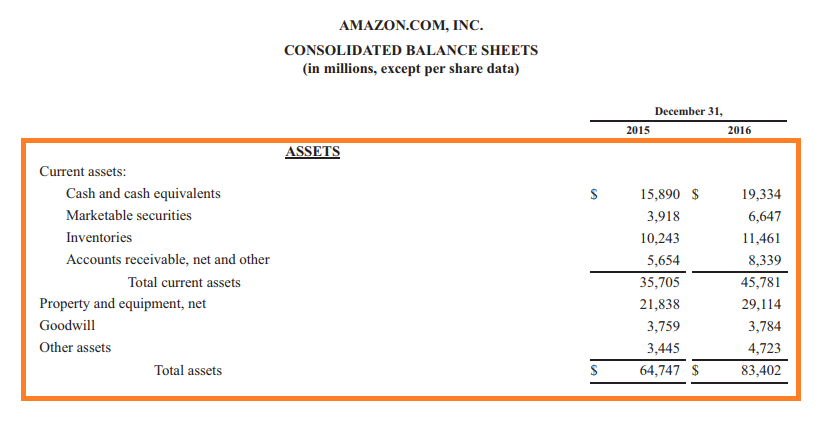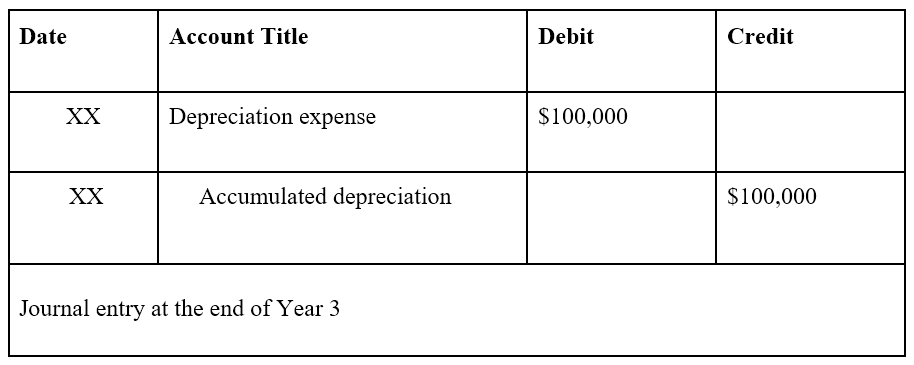Perfect Accumulated Depreciation A Liability Or Asset Noncurrent Or Current
:max_bytes(150000):strip_icc()/dotdash_Final_How_Current_and_Noncurrent_Assets_Differ_Oct_2020-01-e74218e547134e3db0ac9e9a7446d577.jpg)
Accumulated depreciation is presented on the balance sheet just below the related capital asset.
Accumulated depreciation a liability or asset noncurrent or current. Accumulated depreciation is a contra asset account. Where Is Accumulated Depreciation on the Balance Sheet. Instead accumulated depreciation is used entirely for internal record keeping purposes and does not represent a payment obligation in any way.
Learn vocabulary terms and more with flashcards games and other study tools. Accumulated depreciation accounts are asset accounts with a credit balance known as a contra asset account. On the steadiness sheet a company makes use of cash to pay for an asset which initially ends in asset switch.
By crediting Accumulated Depreciation instead of crediting the asset account which has the assets original cost it allows for the balance sheet to report or disclose the following. Record depreciation charge in a separate contra-asset account usually named accumulated depreciation account. Depreciation expense is recognized for non-current assets only.
This means that it accounts for a reduction of the gross amount listed for the fixed assets with which it is paired. Depreciation is recorded as an expense in the income statement to spread the original cost of a non-current asset over its useful life to match the revenue it is generating. The amount spent on purchase of a non-current asset is in fact an advance payment for its ability to increase earning capacity of the business for a long period of time.
If say you have 400000 in accumulated depreciation you dont owe anyone that money so its not a liability. Accumulated depreciation is listed on the balance sheet. In fact depreciation in any form is not a current asset.
Debit Non-current asset account. Accumulated depreciation is not a current asset account. If you must make a choice between classifying accumulated depreciation as an asset or liability it should be considered an asset simply because that is where the account is reported in the balance sheet.
/dotdash_Final_Why_is_Accumulated_Depreciation_a_Credit_Balance_Jul_2020-01-34c67ae5f6a54883ba5a5947ba50f139.jpg)
/dotdash_Final_Why_is_Accumulated_Depreciation_a_Credit_Balance_Jul_2020-01-34c67ae5f6a54883ba5a5947ba50f139.jpg)
:max_bytes(150000):strip_icc()/dotdash_Final_Why_is_Accumulated_Depreciation_a_Credit_Balance_Jul_2020-01-34c67ae5f6a54883ba5a5947ba50f139.jpg)
/ExxonLongtermAssets2018-5c5485414cedfd0001efdb2c.jpg)
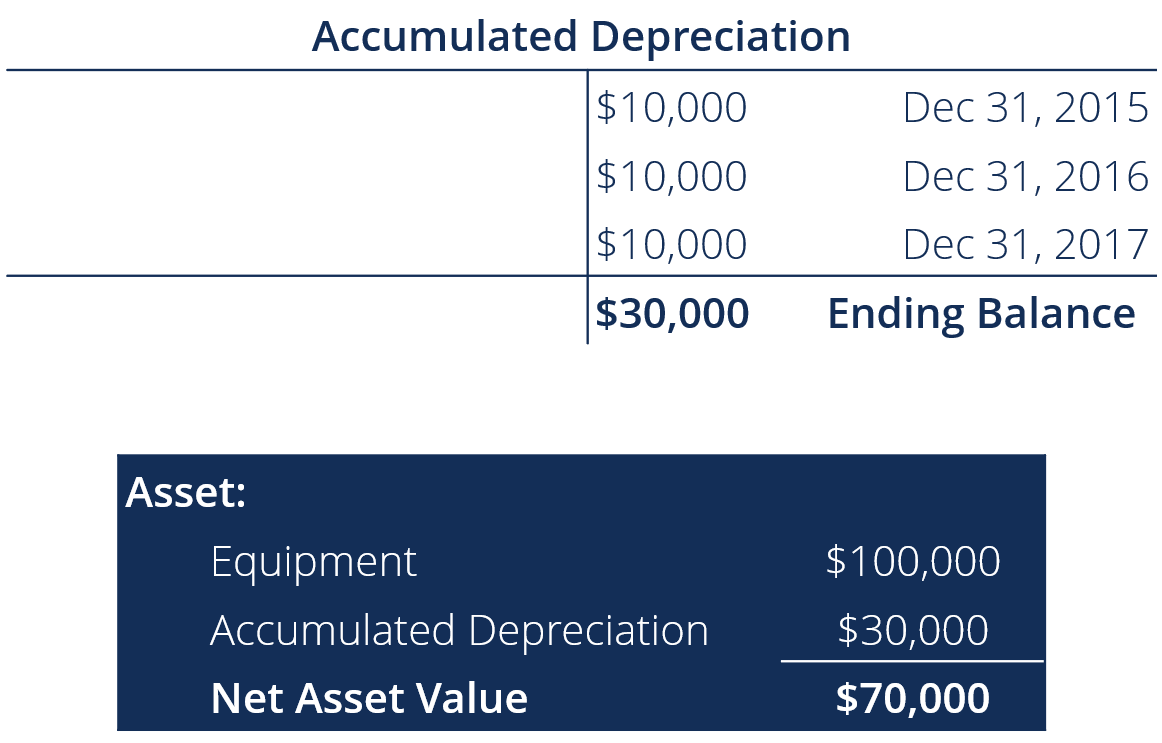
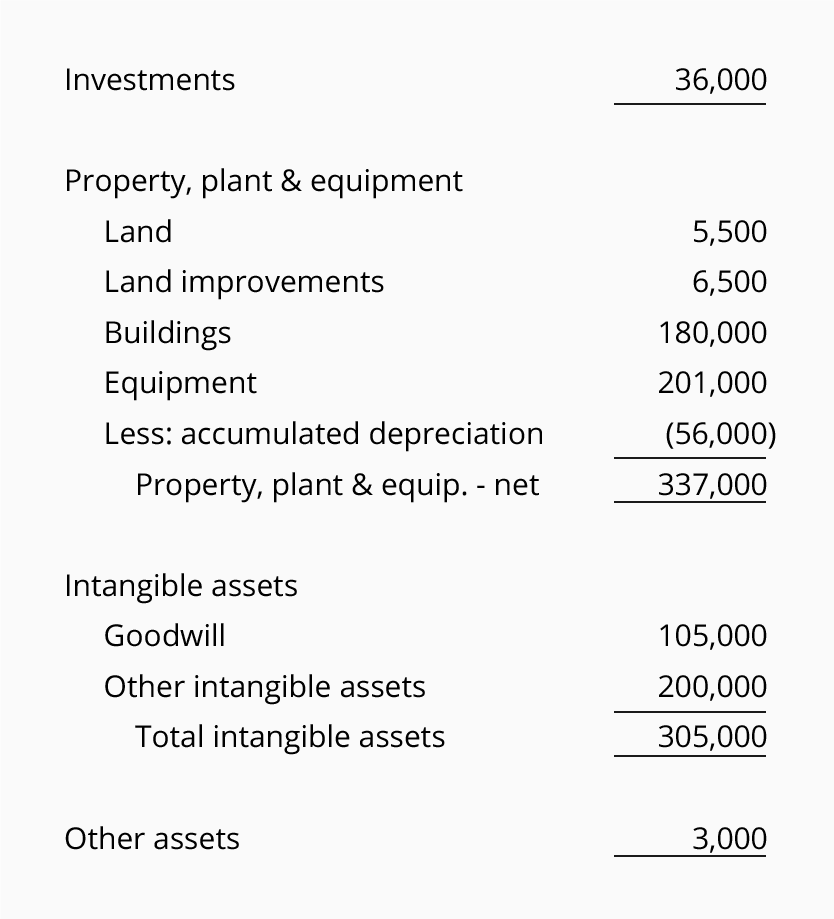

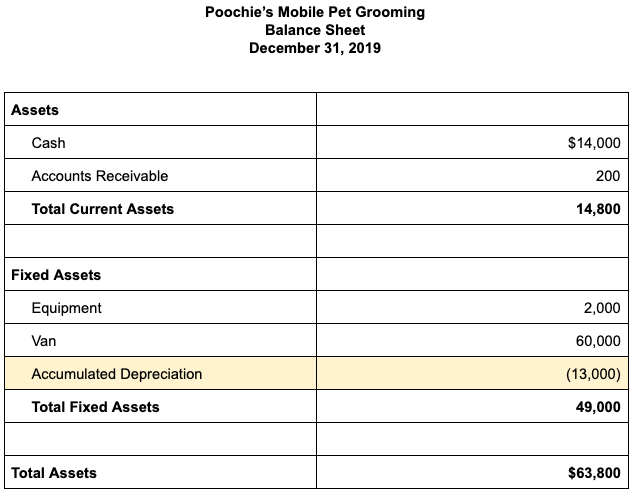
/ExxonLongtermAssets2018-5c5485414cedfd0001efdb2c.jpg)
